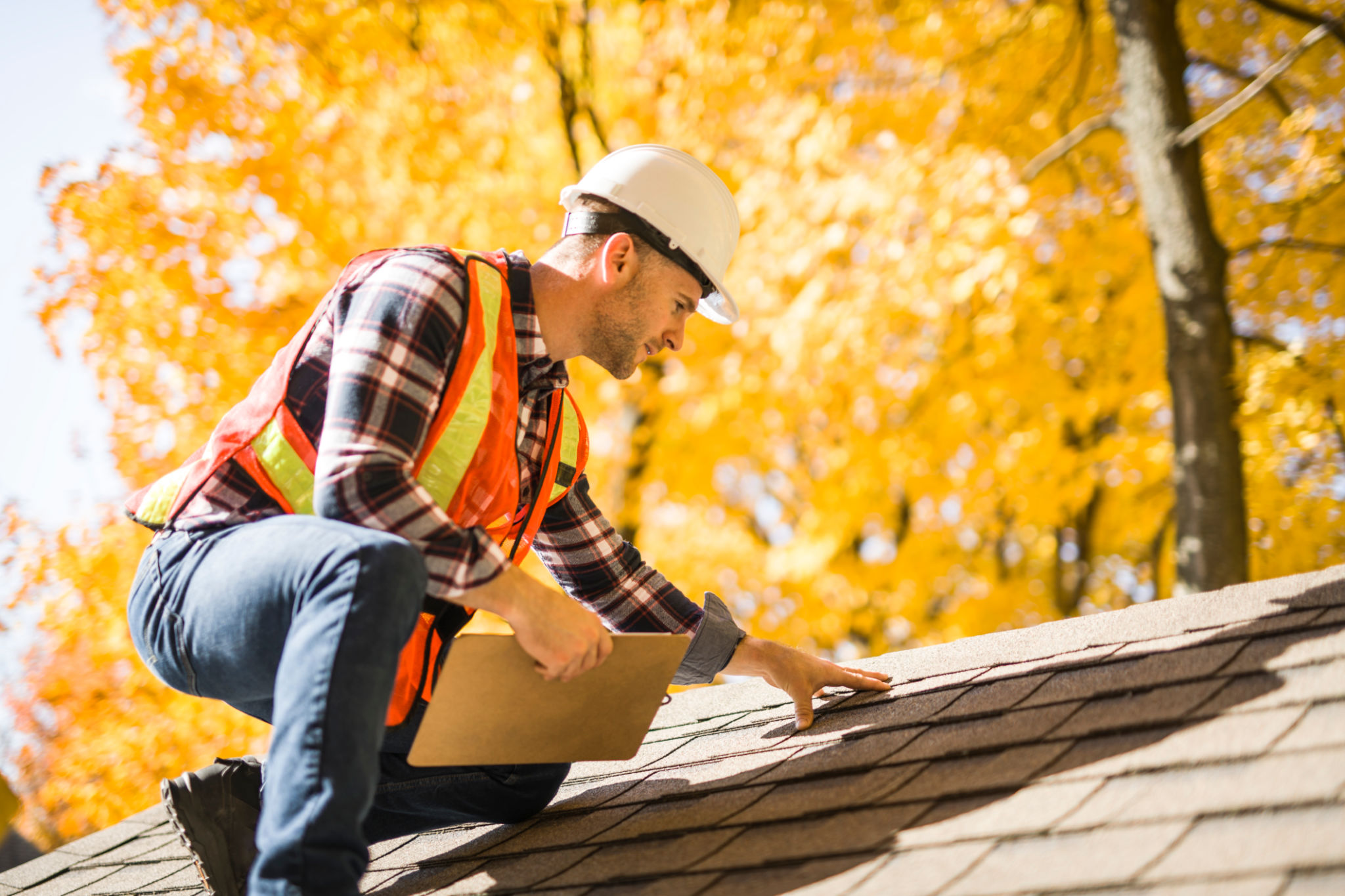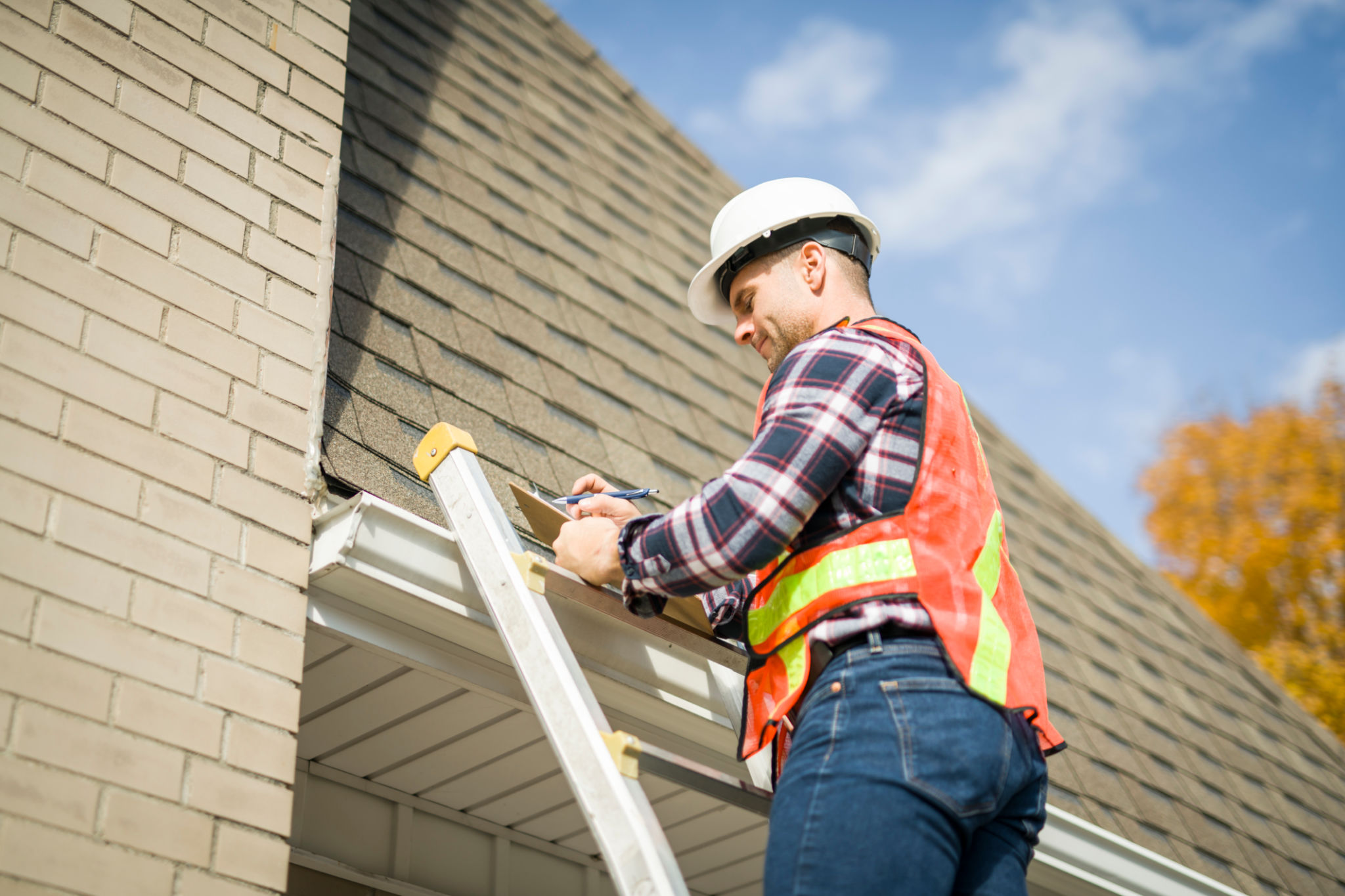The Ultimate Guide to Roof Repair and Maintenance in Ohio
Understanding Ohio's Climate Impact on Roofs
Ohio's unique climate, with its hot summers, cold winters, and varied precipitation, can take a toll on your roof. This mix of weather conditions causes wear and tear, making regular roof maintenance crucial for homeowners in the region. Understanding how these elements affect your roof is key to maintaining its longevity and effectiveness.

Common Roofing Materials in Ohio
The choice of roofing material can significantly impact the durability and maintenance needs of your roof. In Ohio, asphalt shingles are incredibly popular due to their affordability and ability to withstand diverse weather conditions. Metal roofs are also a common choice, offering durability and energy efficiency. Knowing the type of material your roof is made from is essential when planning for repairs or maintenance.
Each material has its pros and cons. For instance, while asphalt shingles are cost-effective, they may not last as long as metal or tile options. On the other hand, metal roofs might come with a higher initial cost but typically offer longer durability. It's vital to weigh these factors when selecting roofing materials.

Signs Your Roof Needs Repair
Identifying early signs of damage can save you from costly repairs in the future. Common indicators include missing or damaged shingles, leaks in the attic, and noticeable water stains on ceilings or walls. Additionally, if you notice significant granule loss from shingles, it's a warning sign that your roof might need attention.
Regular inspections are essential. It's recommended to inspect your roof at least twice a year and after major storms. This proactive approach can help catch issues before they escalate into more severe problems.

DIY Maintenance Tips
While some repairs might require professional help, there are several maintenance tasks homeowners can perform themselves. Cleaning gutters and downspouts is a simple yet effective way to prevent water damage. Trimming overhanging branches can also help protect your roof from debris and potential damage during storms.
Regularly clearing debris from your roof and checking for moss or algae growth can also help maintain your roof's health. When conducting these tasks, always prioritize safety by using appropriate equipment and taking necessary precautions.
When to Call a Professional
While DIY efforts are beneficial, certain situations require the expertise of a professional roofer. If you experience persistent leaks, significant structural damage, or if your roof is nearing the end of its lifespan (20-25 years for most asphalt shingle roofs), it's time to call in the experts.
Professional roofers not only have the skills to handle complex repairs but also offer insights into preventive measures and maintenance strategies tailored to Ohio's climate.

Choosing the Right Roofing Contractor
Selecting a trustworthy roofing contractor is crucial for quality repairs and maintenance. Look for contractors with positive reviews, proper licensing, and insurance. Requesting multiple quotes can also help ensure you're getting a fair price for the services you need.
Additionally, consider asking for references or viewing past projects. This can give you a better understanding of their work quality and reliability.
Conclusion: Protecting Your Investment
Your roof is a critical component of your home's structure and deserves proper care and attention. By staying informed about Ohio's climate effects, recognizing early signs of damage, and performing regular maintenance, you can extend the life of your roof and protect your investment.
Remember, whether you're handling minor repairs yourself or hiring a professional for more extensive work, proactive roof maintenance is key to ensuring your home remains safe and secure for years to come.

